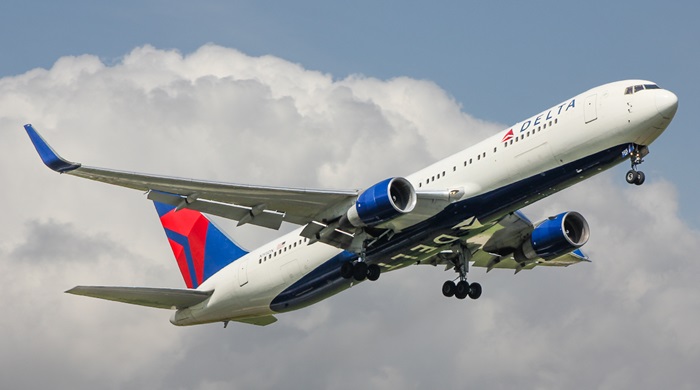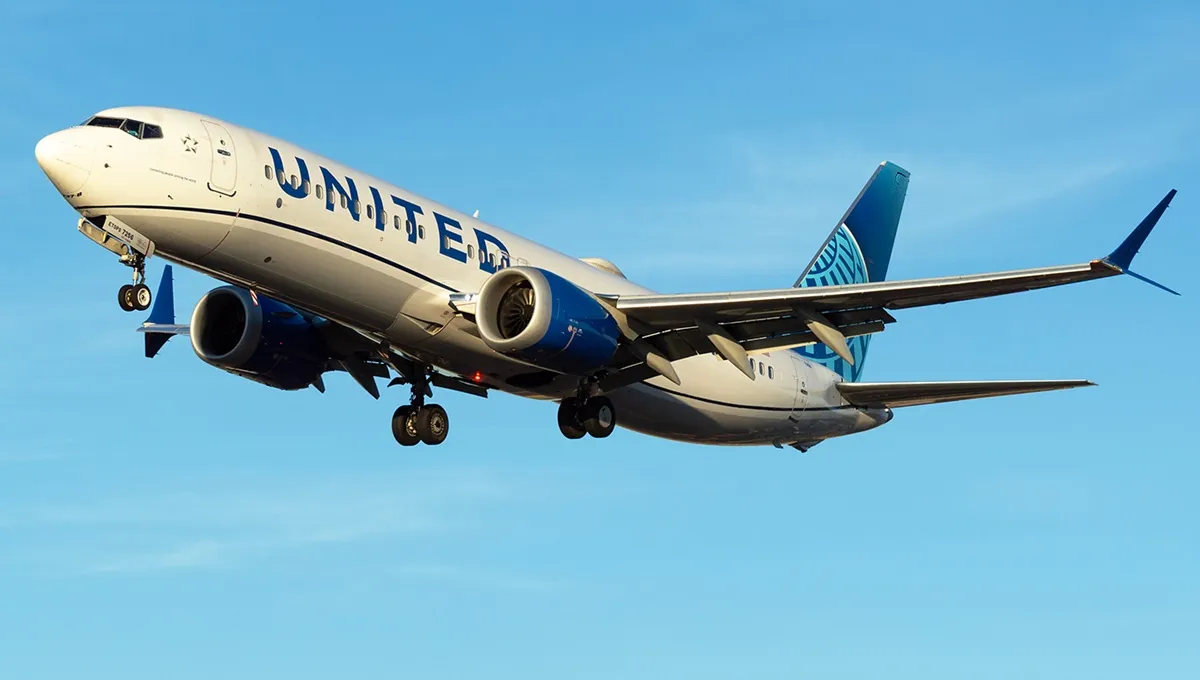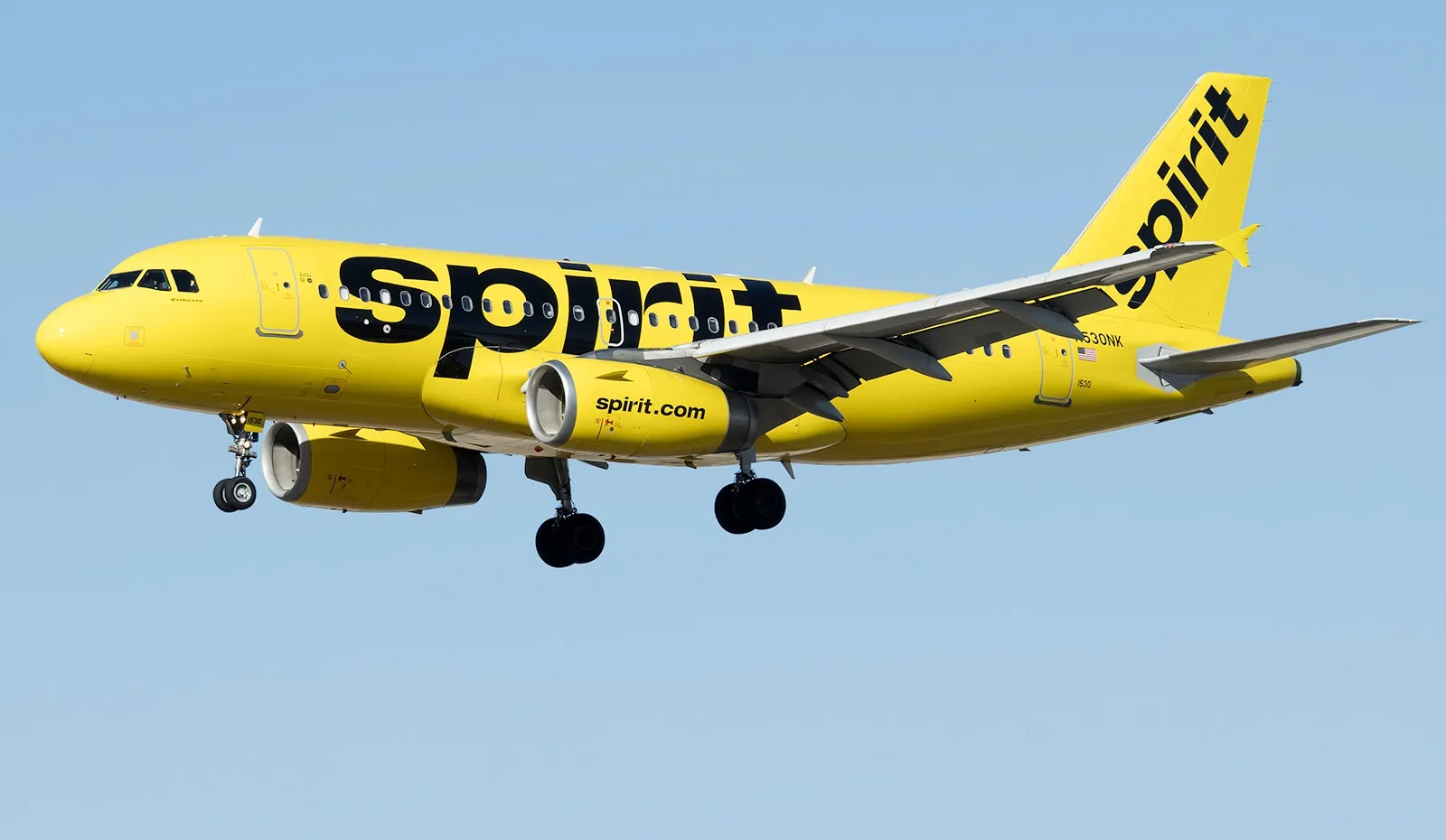
The initiative addresses a crucial aspect of the in-flight experience, as the flight map is consistently the most-viewed feature on Delta’s entertainment systems. According to airline data, approximately 45% of passengers engage with the map during their flights, with one in five customers exclusively viewing it throughout their journey.
“No one better connects the world than Delta,” said Ekrem Dimbiloglu, Managing Director of Customer Experience for In-Flight Entertainment at Delta. “To truly fulfil that promise, we must ensure every customer can connect with their journey in a way that enhances their experience and makes them feel valued and cared for.”
FlightPath3D President Duncan Jackson emphasized that accessibility needs extend beyond visual impairments. “What people often miss about accessibility is the cognitive aspect,” Jackson said at the APEX presentation. “Many passengers cannot handle a busy landscape, place names jumping about as they zoom in, or complex menu systems. They need simplicity.”
The development process challenged conventional approaches to accessibility design. While the initial version met Americans with Disabilities Act (ADA) and European Accessibility Act (EAA) standards, direct feedback from Delta’s Advisory Board on Disability prompted significant revisions.
“It’s exciting as a visually impaired person that Delta is making the flight map more accessible for low-vision users,” said Thomas Panek, Chair of Delta’s Advisory Board on Disability and President of Guiding Eyes for the Blind. “By making flight maps more accessible to low-vision users, Delta is making the experience better for all travellers.”
Key features of the new map include high-contrast visuals with bright colours against dark backgrounds, a colourblind-friendly palette incorporating patterns and textures, larger text and icons, and a streamlined information display. The system also offers enhanced zoom and pan controls to accommodate different visual needs.

The project moved at unprecedented speed for the aviation industry. From the initial concept presentation in May 2024 to the first installation in October, the timeline represents a dramatic acceleration of typical aviation technology deployment. “We have about 5,000 aircraft flying with our maps,” Jackson noted. “To move from concept to implementation this quickly is extraordinary in aviation.”
Jackson highlighted that the development team focused on digital compliance and real-world usability. “We went through the Web Content Accessibility Guidelines, we had a rich matrix, and we went through a lot of engineering exercise to build this product,” he said. “But compliance alone isn’t enough – it needs to work for actual users.”
The accessibility initiative extends beyond visual impairments to address cognitive and motor skill challenges. The simplified interface helps passengers who might find traditional maps overwhelming due to busy landscapes, moving elements, and complex menu systems.
The airline plans to further enhance the system in 2025 with voice narration capabilities, leveraging AI technology to provide audio updates on arrival times and points of interest. This feature will operate independently of internet connectivity, making it consistently available throughout flights.
The map redesign is part of Delta’s broader commitment to accessibility. The airline already provides 100% closed captioning on all movies and series content and has increased its audio descriptive content by 40% in the past year.
Delta’s investment in accessibility technology comes as the aviation industry faces increasing pressure to accommodate diverse passenger needs. The European Accessibility Act will require WCAG 2.1 compliance for digital products by June 28, 2025, though Delta’s initiative exceeds current regulatory requirements.
The new map system is currently available on 171 aircraft and will expand to more than 600 planes by December 2024, reaching completion in time for the holiday travel season. Delta operates the industry’s largest fleet of aircraft with seatback screens, totalling approximately 165,000 screens across its fleet.
While the airline views this as a competitive advantage regarding service quality, executives emphasize their hope that other carriers will follow suit. “Delta is not in the business of competing on this,” Dimbiloglu said. “We want to lead in this space. We want to show that this is important to us as an airline.”



